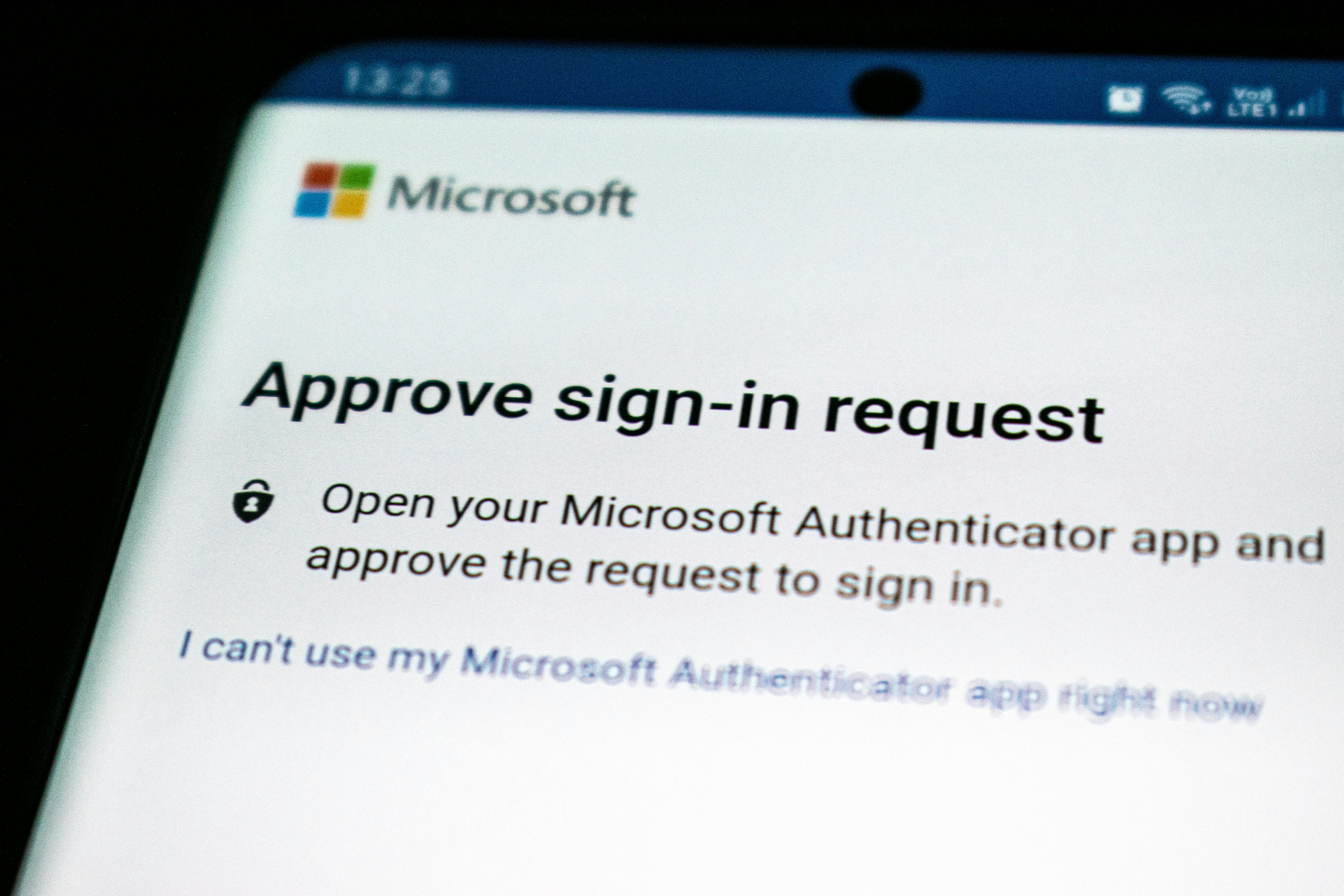What is Two-Factor Authentication (2FA)?
Learn how two-step verification adds an extra layer of security to your online accounts, and what methods you can use: SMS, apps, physical keys, and more.

What is two-factor authentication?
Two-factor authentication (2FA) is an additional layer of security added when signing in with your password. It requires a second element to confirm your identity, like a code sent to your phone or a security key.
This way, even if someone gets your password, they won’t be able to access your account without the second factor. It’s one of the most effective ways to protect personal and professional accounts.
Common types of 2FA
- SMS codes: sent to your mobile phone number.
- Authenticator apps: generate temporary codes (TOTP).
- Physical security keys: like YubiKey, via USB or NFC.
- Push notifications: like Microsoft Authenticator or Duo Mobile.
- Biometrics: fingerprint, face, retina (less common in classic 2FA, more on devices).
Recommended apps
These apps generate temporary codes offline and are more secure than SMS:
- Google Authenticator
- Microsoft Authenticator
- Authy (allows device sync)
- Duo Mobile
- FreeOTP
Most are free and work with Google, Facebook, Instagram, GitHub accounts, and more.
Advantages of enabling 2FA
- Protects your accounts even if your password is leaked
- Deters automated attackers
- Requires physical access to your device
- Free and easy to set up on most platforms
⚙Tips for setting up 2FA
- Enable it on critical services: email, banking, social networks
- Store your recovery codes in a safe place
- Avoid using only SMS if possible
- Set up multiple methods if the platform allows it
Final note
Two-factor authentication is one of the pillars of modern digital security. Don’t wait until you're hacked — enable it today on all important accounts.
And if you need a strong password to go with it, try our free generator.